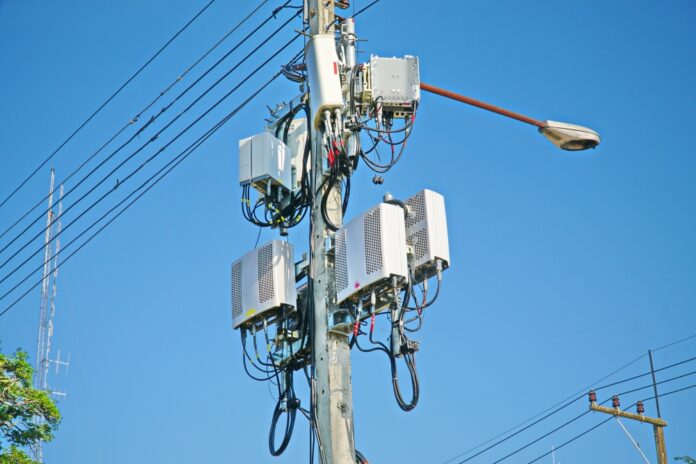France, Germany, the Netherlands and UK will all benefit from their coordinated spectrum-sharing regulatory regimes.
A new report from SNS Telecom & IT predicts annual spending on 5G NR and LTE small cell RAN infrastructure operating in shared spectrum will reach about €3.25 billion ($4 billion) by 2024.
It will support various uses including enterprise private networks in vertical industries, densification of mobile operators’ networks, fixed wireless access (FWA), and connecting neutral hosts.
The report says an important aspect of the radical transformation is the growing adoption of shared and unlicensed spectrum frequencies that are not licensed to a single mobile operator.
Good examples
It points out this is possible through a combination of new technologies and regulatory authorities across the globe having launched frameworks to facilitate the coordinated sharing of licensed spectrum.
They include the US’ three-tiered Citizens Broadband Radio Scheme (CBRS) scheme for dynamic sharing of 3.5 GHz spectrum, Germany’s 3.7-3.8 GHz licences for private 5G networks, the UK’s shared and local access licensing model, France’s 2.6 GHz licences for industrial LTE/5G networks, the Netherlands’ local mid-band spectrum permits.
There are similar approaches in Japan for local 5G network licenses, Hong Kong’s geographically-shared licences, and Australia’s 26/28 GHz area-wide apparatus licences.
Influence of 3GPP
The 3GPP cellular wireless ecosystem is also accelerating its foray into vast swathes of globally and regionally harmonised unlicensed spectrum bands. At the moment, commercial activity is largely centred around LTE-based Licensed Assisted Access technology whereby licence-exempt frequencies are used with licensed anchors to expand mobile network capacity and deliver higher data rates.
The introduction of 5G NR-U in 3GPP’s Release 16 specifications paves the way for 5G NR deployments in unlicensed spectrum for both licensed-assisted and standalone modes of operation.
Despite COVID-19 and its associated economic slowdown, SNS Telecom & IT estimates that global investments in 5G NR and LTE small cell RAN infrastructure operating in shared and unlicensed spectrum will account for more than $1.3 billion by the end of 2021.
Boom time
The market is expected to continue its upward trajectory beyond 2021, growing at CAGR of approximately 44% between 2021 and 2024 to reach nearly $4 billion in annual spending by 2024.
The report presents a detailed assessment of the shared and unlicensed spectrum LTE/5G network ecosystem including the value chain, market drivers, barriers to uptake, enabling technologies, key trends, future roadmap, business models, use cases, application scenarios, standardization, spectrum availability/allocation, regulatory landscape, case studies, ecosystem player profiles and strategies.
The report also provides global and regional forecasts for shared and unlicensed spectrum LTE/5G RAN infrastructure from 2021 to 2030. The forecasts cover two air interface technologies, two cell type categories, two spectrum licensing models, 12 frequency band ranges, seven use cases and five regional markets.



